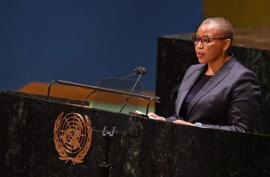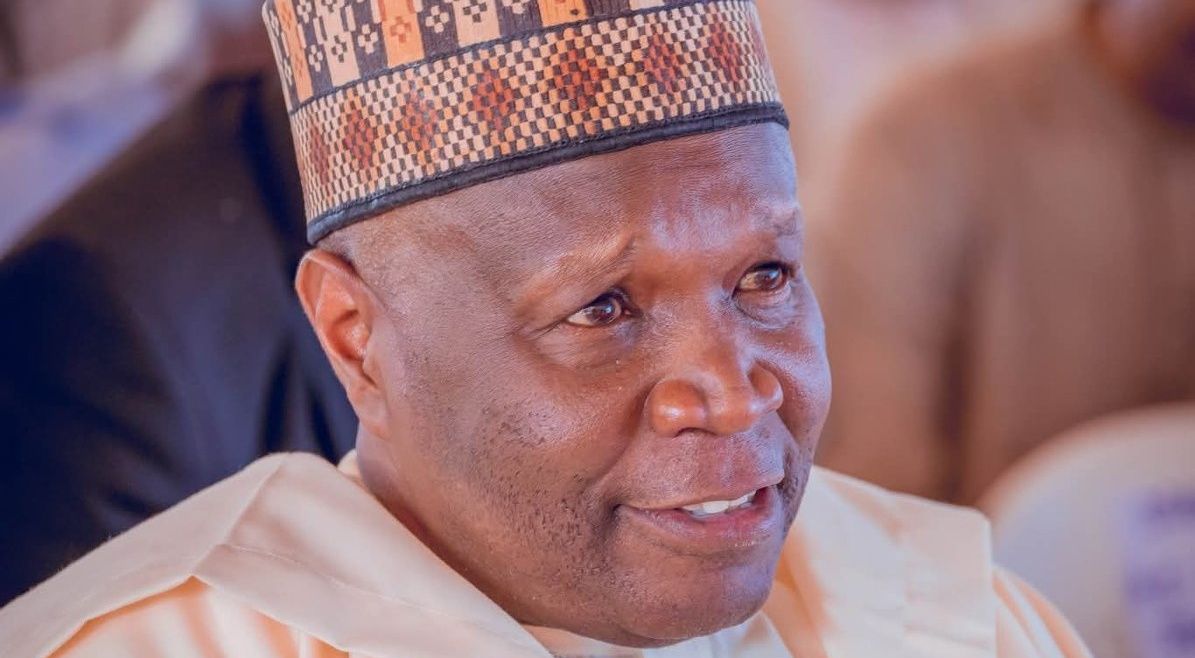India's Digital Economy Projected to Exceed $1 Trillion by 2030: Bessemer Report Highlights Mobile-First Trends, ET Retail

BENGALURU: India’s digital consumer market is set to cross the $1 trillion mark within a decade, fueled by mobile-first behavior and a wave of new consumer brands, according to a new report by Bessemer Venture Partners.
The report, titled Click, Shop, Repeat, finds that rising smartphone usage, affordable mobile data and seamless payments have created a “triple engine” of commerce, content and consumer discernment, making India one of the most dynamic digital economies globally.“Even if this grows at a simplistic rate of 20% every year, it will still cross the trillion-dollar mark,” said Anant Vidur Puri, Partner at Bessemer Venture Partners, one of the authors of the report.
“Time spent on the phone is just going up and up, access to products is far easier, and consumer aspirations have surged. What used to be a trip to the mall and a visit to the movies has now become a mobile-first experience,” he told TOI in an interaction.The report highlighted that mobile internet penetration, with roughly 800 million smartphone users averaging almost eight hours a day online, is reshaping commerce and brand-building.
According to the findings, digital platforms have evolved into virtual shelves that enable smaller, niche consumer brands to find national prominence almost instantly.“If you can be a new disruptor, a new trend, a unique thing in the market, the new consumer is looking for you, and platforms will come and get you. A brand can now get listed on 20 platforms almost without doing anything. That has changed in the last ten years and why it’s a great time to build a brand,” Puri said.The report also underscored the growing significance of consumer retention and its impact on long‑term growth. “A brand can scale very rapidly, but eventually you have to live up to the test. Retention is the single most important thing, it changes your time to revenue predictability, reduces your marketing working capital, increases your Ebitda, and reduces your cash burn. You have to solve one thing, and that is retention,” Puri added.Bessemer’s findings point out that India’s digital consumer market comprises many niches, making precision in pricing and positioning vital for new brands. “India is many Indias. What’s affordable for one person is different from what’s affordable for someone else. You have to define very clearly, is your TAM a Rs 100 lipstick, a Rs 500 lipstick, or a Rs 1,999 lipstick? At each price point, someone will consider it ‘cheap’ and someone else ‘expensive’,” Puri said.With an estimated 600 million people in India born after 2001, the consumer trend is being shaped by a generation for whom mobile commerce and digital payments are second nature. “All of them, by the time they went to college, existed in a world where smartphones, blazingfast internet and e‑commerce were just facts. This generation spends more than 50% of their waking time online, that’s where they shop, watch movies, consume content, learn and spend.
This is what gives us the conviction that the digital economy will continue to compound for years to come,” Puri said.According to the report, this trend positions India to join the likes of China, where digital commerce accounts for more than 15% of the overall economy, highlighting a long runway for growth. Puri added, “the quick commerce phenomenon, this brand‑building playbook, almost how do you build a brand for a billion Indians, you don’t have to learn from the US. In India, it’s about making brands relevant within the cultural context.
These are lessons global markets can learn from India.”










